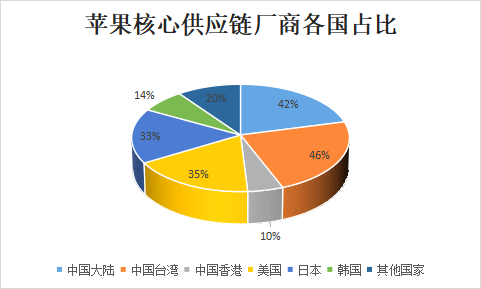Scientists have long known that air pollution can be linked with an increased risk of lung cancer in people who never smoked, but new research describes one mechanism that might help explain how.
The findings, presented Saturday at the European Society for Medical Oncology Presidential Symposium in Paris, suggest that air pollution can trigger lung cancer in people with no history of smoking because some air pollutant particles may promote changes in cells in the airways.
In particular, more exposure to airborne particulate matter or particle pollution -- at 2.5 micrometers in diameter or smaller -- can drive rapid changes in airway cells that have mutations in a gene called EGFR, which are seen in about half of people with lung cancer who have never smoked, and another gene linked to lung cancer called KRAS, according to the research, conducted by scientists at the Francis Crick Institute in London and other institutions around the world.
"We found that driver mutations in EGFR and KRAS genes, commonly found in lung cancers, are actually present in normal lung tissue and are a likely consequence of ageing," Charles Swanton, a scientist at the Francis Crick Institute and chief clinician at Cancer Research UK, who presented the findings, said Saturday in a news release.
"In our research, these mutations alone only weakly potentiated cancer in laboratory models. However, when lung cells with these mutations were exposed to air pollutants, we saw more cancers and these occurred more quickly than when lung cells with these mutations were not exposed to pollutants, suggesting that air pollution promotes the initiation of lung cancer in cells harbouring driver gene mutations," Swanton said. "The next step is to discover why some lung cells with mutations become cancerous when exposed to pollutants while others don't."
Particulate matter or particle pollution in the air is a mix of solid particles and liquid droplets, according to the US Environmental Protection Agency. Some are emitted in the form of dirt, dust, soot or smoke, and they can come from coal- and natural gas-fired plants, cars, agriculture, unpaved roads and construction sites, among other sources.




